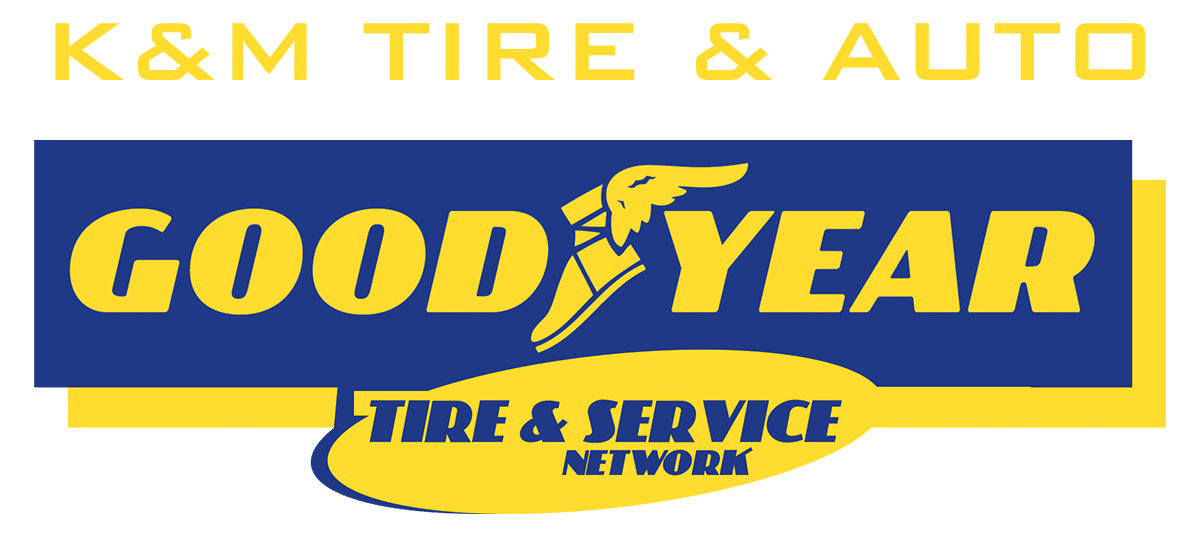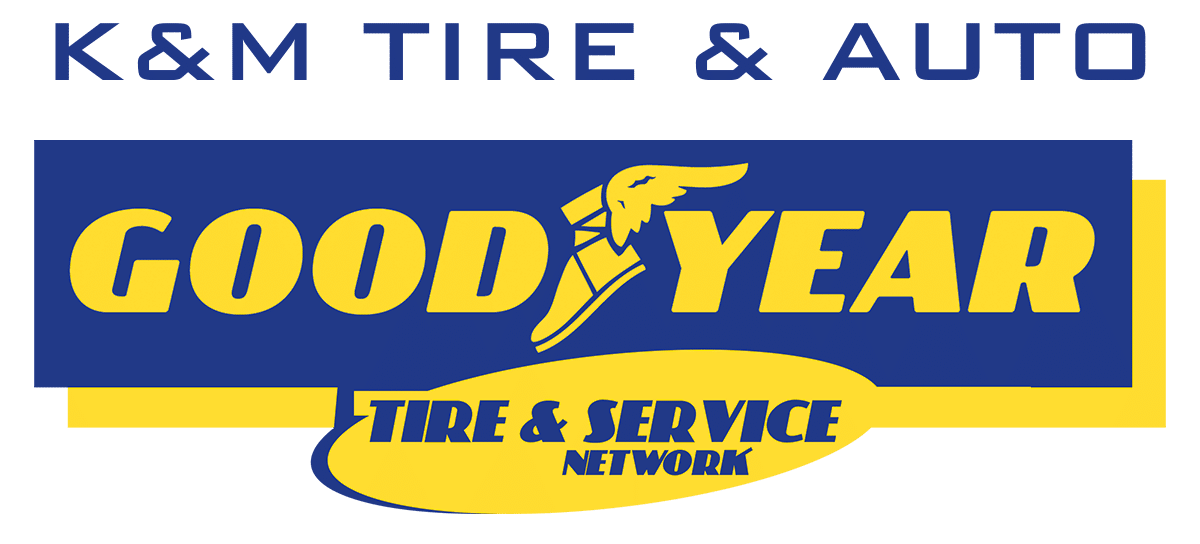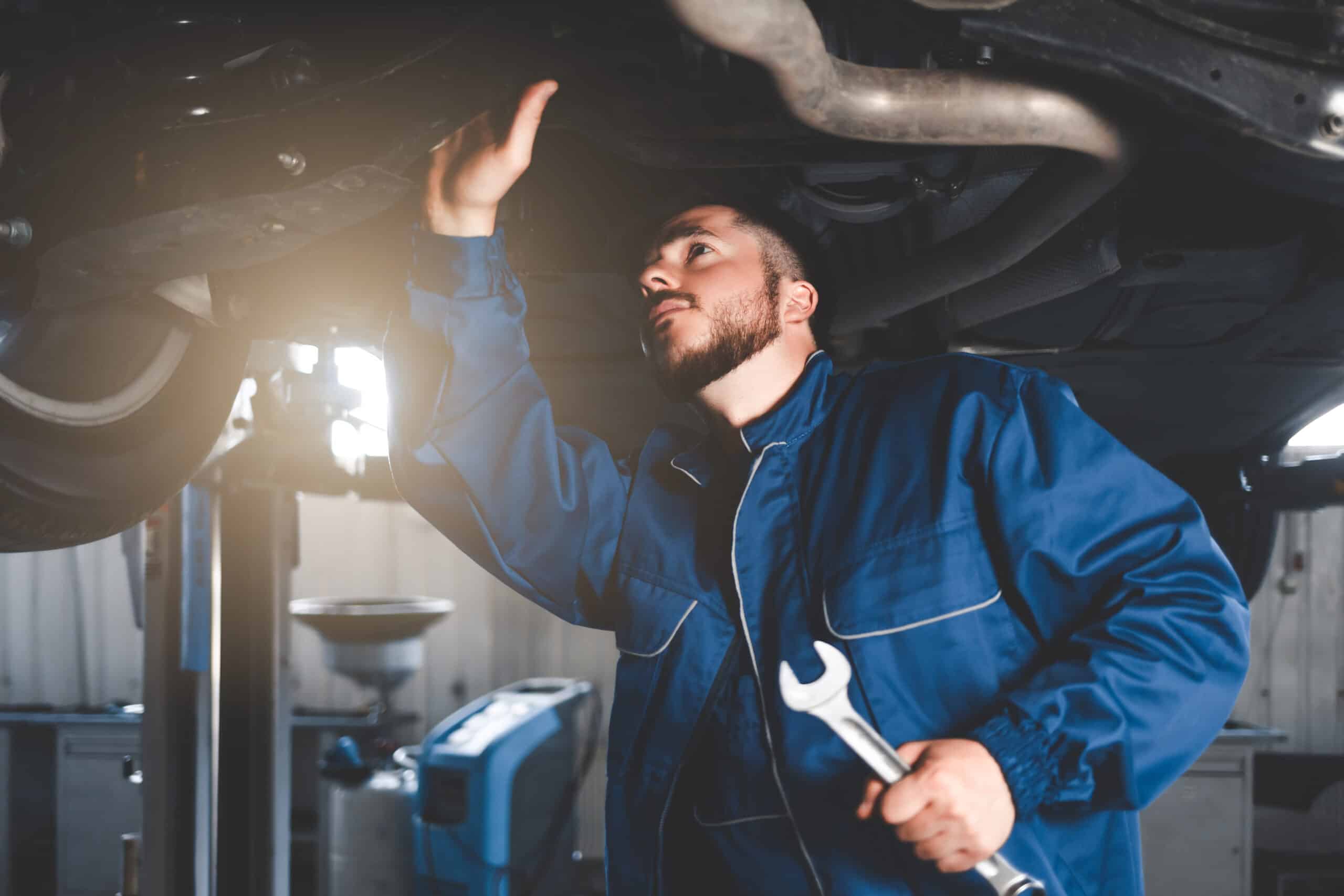The steering and suspension system works together to keep you stable and comfortable as you drive across uneven terrain. Since there is such a close connection between the two systems, discussions of one tend to include the other. But how exactly does each system function? When should you check these crucial components? How can you know whether either system is broken, and how did it happen?
When should you check your car’s steering and suspension systems? Let’s find out!
The steering system explained
The primary purpose of the vehicle’s steering system is to facilitate the driver’s control of the vehicle’s movement. Suspension components may be adjusted by turning the steering wheel, which is linked to the column through a series of pivoting joints. As a result, the wheels may rise and fall as necessary according to the road’s surface, without affecting the vehicle’s ability to steer. For example, when cornering, the system will make sure that the inner front wheel is tilted at a steeper degree than the outer wheel. It is important to fine-tune the steering system just as much as the suspension since any play in the joints might be disastrous.
The suspension system explained
The suspension system’s primary function is to link the vehicle’s body to the wheels. This has two purposes: first, it cushions the ride for the driver and passengers by soaking up shocks and other road irregularities, and second, it keeps the wheels planted on the road for maximum traction.
If the vehicle did not have a suspension system, the wheels would bounce up and down parallel to the road surface whenever they struck a bump. With enough of this upward momentum, the car’s structure may pull the wheels clear of the pavement before gravity takes over and the vehicle crashes to the ground. The suspension system, which consists of springs and shock absorbers, must be properly calibrated to mitigate these impacts.
The main question: when you should check the steering and suspension systems?
Scheduled maintenance checks on your vehicle’s steering and suspension systems are highly recommended. Finding and fixing an issue before it may spread and becomes more serious is preferable from a financial, time, and safety perspective.
When it comes to your vehicle’s suspension and steering, there are three key inspection intervals.
First, you should inspect the steering and suspension systems at the following times:
- Once every 50.000 miles, or 80.000 kilometers,
- When the steering and suspension systems are accessible, such as during the course of an annual service or other preventative maintenance,
- When you get new tires,
- At the time of your next brake inspection and
- When you get your oil and filters replaced.
Next, when an accident occurs and the front wheels or suspension are damaged, it is important to inspect the complete steering and suspension system for damage.
Also, if you have been in an accident and noticed a change in your vehicle’s suspension or steering, you should get your systems evaluated as soon as possible.
Lastly, if you or your mechanic observe any of the following symptoms, you should do a visual inspection of the steering and suspension systems:
- The car’s nose dives forward, squats backwards, or rolls side to side as you change lanes,
- When the vehicle’s suspension system is not able to absorb a jolt,
- When your car continuously bounces after going over a bump, and you can feel every single bump on the road,
- When you hit a bump, and the steering wheel tilts left or right without you touching it,
- Loss of control of your vehicle due to oversteering or understeering occurs when either the rear or the front tires lose traction around a bend,
- When the steering wheel becomes harder to turn, especially if roads are wet, or it becomes too easy to turn,
- Your car pulls to either left or right side when driving,
- Your steering wheel seems to leap or jerk at irregular intervals,
- The steering wheel vibrates at speed above 45 mph or 72km/h,
- You hear banging or squeaking sounds when you turn a corner and
- When you notice your wheels are lower on one side when the car is parked on level ground.
You should get your car evaluated as soon as possible if you discover even one of these signs of problems with the steering and suspension systems. Simply addressing any issues that have arisen or may arise will get you back on the road safely.
Summary
Wear and tear on your suspension and steering system is inevitable under normal driving and environmental circumstances. Struts, shocks, control arm bearings, ball joints, coil springs, and steering linkage are just some of the parts that wear out or become weak over time. The vehicle’s handling becomes shaky, the tires wear out quickly, and the ride quality, steering response, and maneuverability all suffer as a result of this wear.
Having a reliable mechanic check your vehicle’s steering and suspension systems will help you spot issues before they become serious and leave you stranded.


